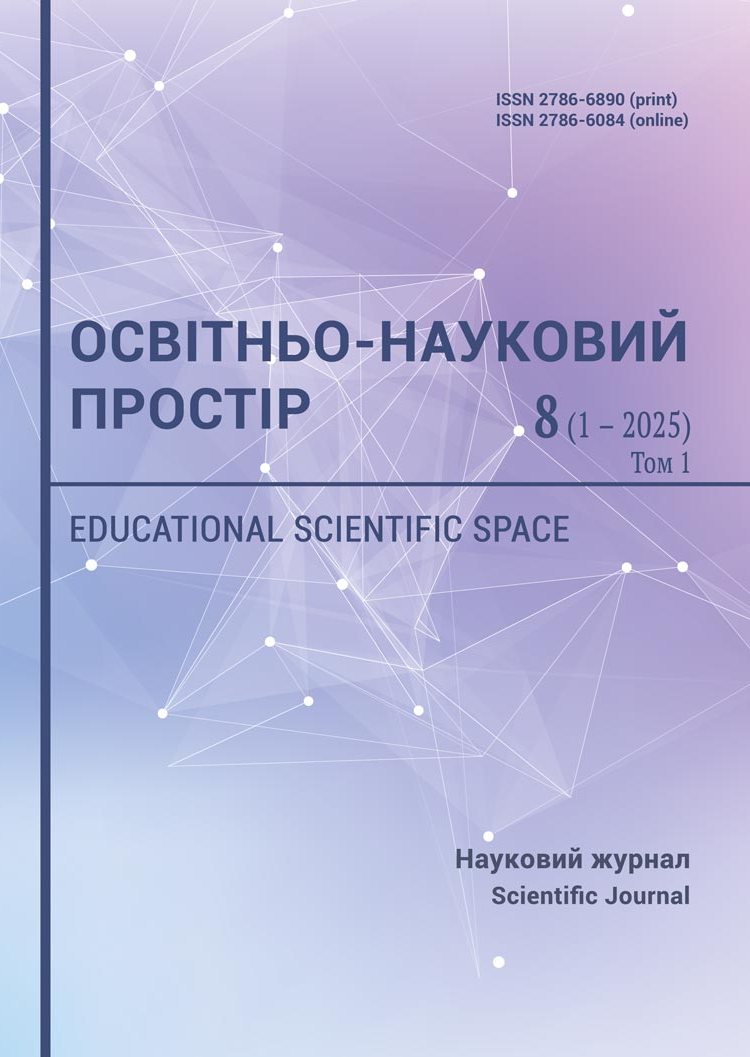Development of self-awareness using projective methods
DOI:
https://doi.org/10.31392/ONP.2786-6890.8(1)/1.2025.07Keywords:
self-awareness, professional success, projective methods, ASPC, photodual methodAbstract
The article explores self-awareness as a key factor in maintaining the internal integrity of the individual within the context of contemporary psychological practice. Projective methods are considered as tools for accessing unconscious structures of the psyche that shape individual patterns of perception, motivation, and behavior. Based on a historical and psychological analysis, the development of the projective approach is traced within psychoanalytic (H. Rorschach, H. A. Murray, L. K. Frank, C. G. Jung), humanistic (C. R. Rogers), existential (I. D. Yalom), and social-interactionist (G. H. Mead) paradigms. The significance of the method of active socio-psychological cognition developed by T. S. Yatsenko is emphasized as a Ukrainian authorial model of working with metaphorical and symbolic projections in the context of deep psychodynamic processes. The photodual method is presented as an innovative modification of the projective approach, grounded in mechanisms of projective reflection and aimed at the externalization of needs, inner conflicts, subpersonal and archetypal manifestations for their further conscious intrapsychic consolidation. The method’s effectiveness is substantiated in activating inner reflection, identifying conflicting developmental vectors, and harmonizing the structure of self-awareness. The article outlines perspectives for further empirical research, as well as the development of methodological recommendations for integrating the photodual approach into broader psychological practice – including educational settings, career guidance, psychological counseling, and psychotherapeutic work. The potential of the method is highlighted in supporting personal maturity, internal adaptability, and the development of the individual in the face of contemporary life challenges. Special attention is given to the correlation between the depth of the therapeutic effect and the level of individual reflective capacity, which opens the prospect for personalized application of the method in the context of psychological support. The method demonstrates the potential to contribute to the formation of a new paradigm of visually associative work with self-awareness, requiring further conceptualization within the framework of interdisciplinary scientific dialogue.

